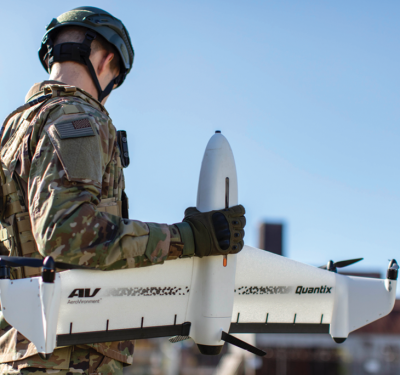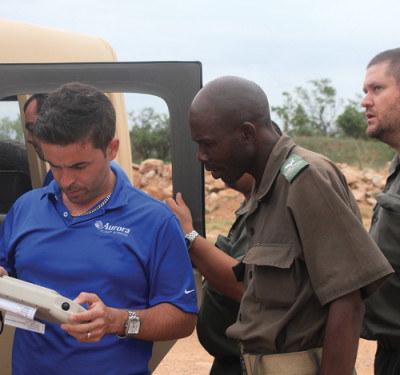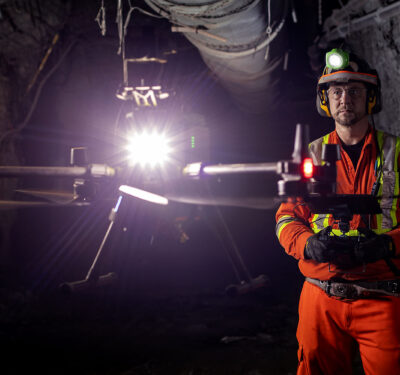Autonomous Seed-and-Weed Systems Get Ready to Roll to Boost Farm Sustainability
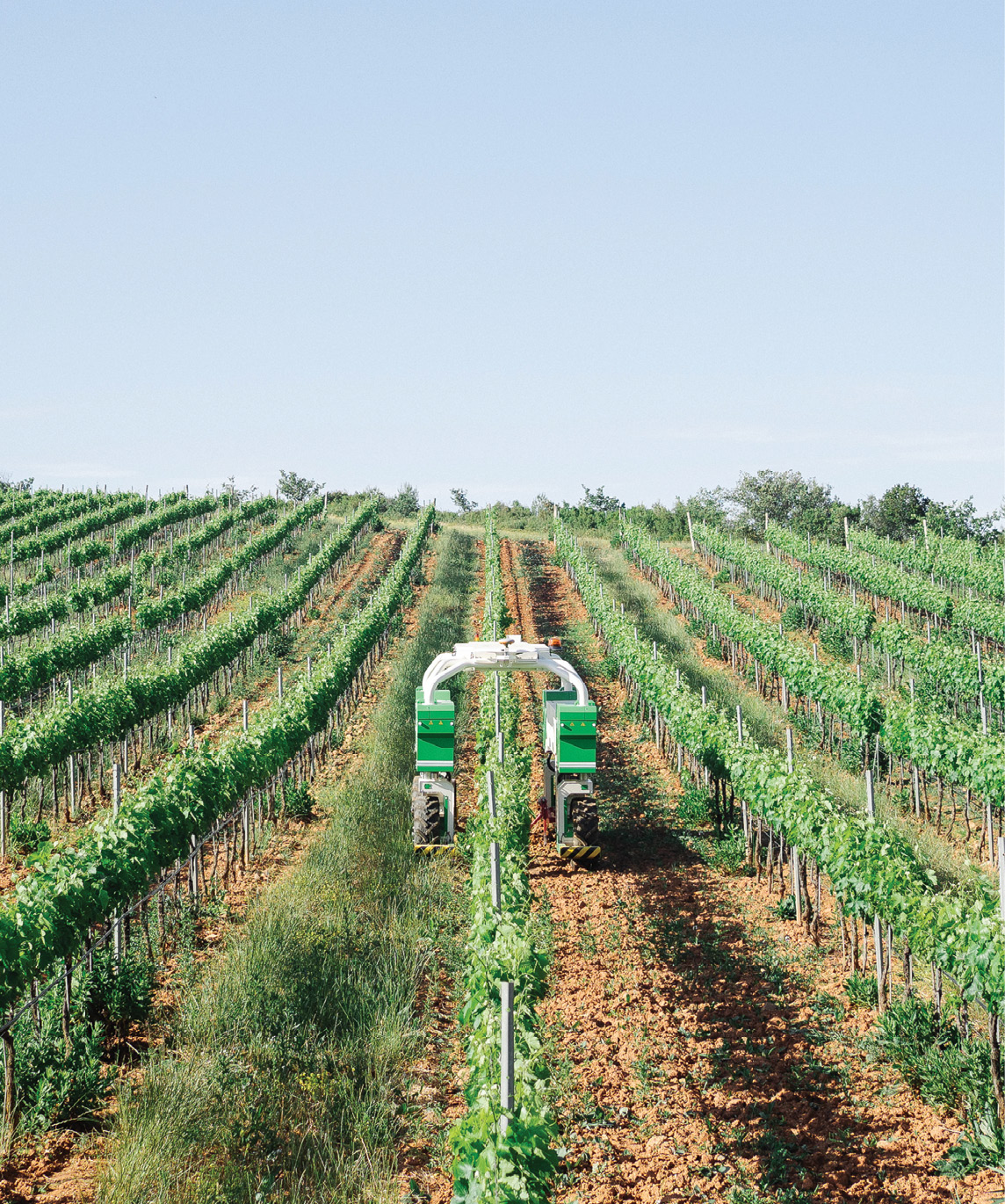
People have dreamed about autonomous farming for a long time. In 1924, German science fiction writer Otfrid von Hanstein imagined a “huge plow, which had been standing near by the house without my having observed it in the night, seemed to shake itself, turn around, swung its arms, creaked, and began to move back southward whence it and we came, tearing up the vegetation, ploughing the ground beneath the wrenched-out plants and shrubs.”
Now, almost exactly 100 years later, reality is finally catching up with sci-fi, as autonomous farming robots start rolling toward a field near you. Although it’s still early days for these machines—two of the top-selling companies, FarmDroid and Naïo Technologies, each say they have about 400 customers—developers seem confident they have a compelling value proposition in these new machines that can seed, weed and pick dozens of different crops.
How good are the new farmbots? How long will it take to convince farms they need to start buying these new systems? And how many more years will it be before von Hanstein’s vision comes true and farms are run by machines “with no man to control or watch them?”
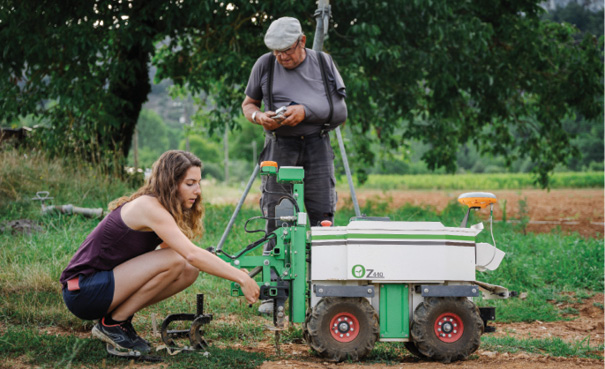
LABOR REDUCTION
The new systems promise to reduce the need for human labor and oversight for a variety of farming operations. Some eliminate the need for human interaction almost entirely and can run virtually nonstop. Denmark-based FarmDroid’s FD20, which navigates not by visual sensors but by GPS calibrated with a local base station, can even run 24 hours a day.
Small robots have other practical advantages as well. If a farmer has invested millions in a huge tractor, and that tractor fails, his machinery’s availability suddenly goes from 100% to zero, said Lazaros Nalpantidis, professor of autonomous systems at the Technical University of Denmark in Lyngby. On the other hand, he said, there is safety in numbers for farm equipment. “If you have 10 smaller robots, yeah, one might fail…but the chances that they might all go bad at the same time is zero, right?”
Cost savings can be substantial. Marketers at Agrointelli, the developer of the Robotti platform, estimate a farmer who grows 150 hectares of sugar beets can reduce the labor needed by 65-80% and fuel consumption by 20-35%, and pay for itself in 4.2 years. Onion growers’ labor needs can be cut by 80-90% and fuel usage reduced by 10-25%, with the machine covering the costs of its purchase in just 3.7 years.
Some of the systems are also cheaper than the traditional farm equipment they are intended to replace. Mikhail Kostkin, CEO of PeK Automotive of Vrhnika, Slovenia, said his Slopehelper system sells for 15-40% less than an equivalent tractor would cost.
Owners of robots built by Naïo Technologies report payback in two years for the smallest model, the Oz, while the company’s larger models pay for themselves within three to four years, said Flavien Roussel, content manager for the Escalquens, France-based company.
Overall, Gerrit and Marieke Kurstjens, grain farmers in Moree, New South Wales, Australia, and customers of AgXeed, a Dutch startup headquartered in Oirlo, The Netherlands, said in company marketing materials that operating costs for their AgXeed robot are about a quarter of those of conventional systems.
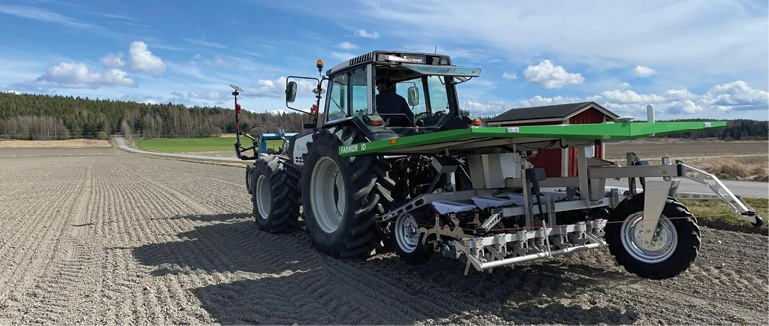
GREATER SUSTAINABILITY
Agricultural robot developers also say their systems will make farming more sustainable.
The lightness of the robot systems offers several advantages for sustainability. Jess Pedersen, a sales manager at Agrointelli, said Robotti weighs about 3,000 kilograms, (about 6,600 pounds), much less than most large farm equipment, meaning it presses the soil as much as 10 times less than conventional tractors.
Some systems are even lighter. Robotti, the solar-powered FarmDroid, also has a working width of 3 meters, but weighs only 1,000 kilograms (about 2,200 pounds). And Naïo Technologies’ Oz, which is only 130 centimeters long and 47 centimeters wide (59 by 18.5 inches), has a working width of 40-80 centimeters (15.75 to 31.5 inches), and weighs in at a mere 150 kilograms. (about 330 pounds).
Welter-weight farm equipment would be a major environmental win, particularly in Europe, Nalpantidis said. “Compacted soil doesn’t absorb water, and it loses all the internal structure of the soil that allows air, water and minerals to circulate to feed the plant, so it become kind of a dead thing,” he said.
The farmbots also operate at a high level of precision, capable of weeding mechanically and then spraying a much more targeted area than traditional farm equipment can. FarmDroid’s F20 model, for example, plants seeds at particular GPS points, then records those spots. Afterwards, said Rasmus Thuesen, regional sales manager for FarmDroid, the F20 can weed everything but the crop it planted, down to a range of 8 to 10 millimeters. This precision means the amounts of pesticide and fertilizer used can be reduced by as much as 94%.
At the same time, the ability of many farmbots to operate cost effectively on a small scale reduces the economic advantage of monocultural farming, another practice frequently seen as contributing to environmental problems. Nalpantidis said small agricultural robots will eventually make it possible to bring back at scale the kind of sustainable, old-fashioned intensive farming his grandfather once practiced.
“The reason why we have monocultures was that we didn’t have the manpower to physically go…and then see if an area was more dry that needed watering or an area was getting invaded by some pests and take care of it all,” Nalpantidis said.
“Having those small robots can actually substitute [for] my grandfather,” Nalpantidis said. Such little robots “can actually selectively apply herbicides if needed, or selectively consume water resources where needed, on a very focused level.”
Most of these machines also operate at a grandfatherly pace right now. FarmDroid, for instance, runs at 950 meters per hour, a speed that makes it legal to operate in most of the world, Thuesen said. “In general, as long as we’re going below one kilometer per hour, we can run the robot autonomously,” he said.
Many of the farmbots also run on electricity rather than diesel. Some, such as Ant Robotics and FarmDroid’s F20, even come equipped with solar panels.
Operational specialties are also already beginning to emerge among farmbot makers:
• French developer Naïo Technologies offers four different models: Ted and Jo, two bots designed for use in vineyards, and Oz and Orio, two bots designed for other kinds of fields.
• Seasony.io (another Danish firm) has developed Watney, a bot designed to meet the needs of vertical farmers.
• Slopehelper, the system from PeK Automotive of Slovenia, runs on continuous tracks that allow it to work on slopes of up to 42 degrees. It also comes with a wide range of attachments, including what developers say is the world’s first commercially available robot apple-picker.
• At the lower tech extreme, Ant Robotics of Hamburg markets two self-driving platforms that simply follow field-pickers, eliminating the need for people to lug boxes filled with produce.
Of course, as with a lot of automation, today’s high-tech farmbot reality still has more rough patches than the science fiction writers (or agricultural marketers, for that matter) would like. Even on the highest-tech farms, the human farmer still has things to do.
As Anton Maier, a farmer in Eitensheim, Bavaria, said in a promotional video for FarmDroid, “You don’t need to check it regularly, but as anyone who sits on a machine knows, you constantly adjust the settings and change various parameters, the same with the robot as with any other machine when it runs and you want to achieve optimal results.”
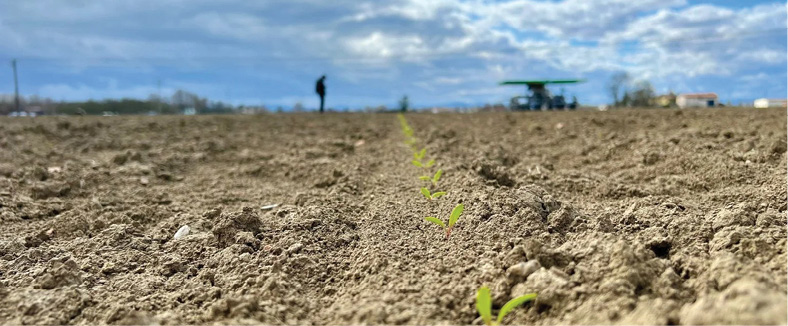
MARKETING CHALLENGE
What will it take for such systems to become standard equipment? While some developers say there are regulatory issues that still need to be worked out, Nalpantidis said the biggest challenge at this point is simply convincing farmers the machines are reliable.
“What farmers value the most is that they can rely on their equipment. Farmers are used to paying big money for buying tech equipment, so it’s not completely unknown to them…but farmers work with a short window of opportunity,” Nalpantidis said.
“When they need to harvest, maybe there’s a couple of weeks’ window that all this needs to take place. If suddenly something breaks down and it takes an expert from Denmark to fly to Germany to fix the thing, half of their opportunity is gone, so they don’t like it…fail-free operation is the name of the game.”
To deliver that peace of mind, some companies have tried to keep their machines simple—either simple to maintain or simple to learn.
Pedersen of Agrointelli said the company decided to use standard diesel engines and hydraulics on Robotti to reassure farmers that most of the vehicle can be easily serviced.
Naïo Technologies, meanwhile, prides itself on making systems that are easy to learn to operate. “Anybody will need just a day to know how to operate with all safety and technical topics,” Roussel said. What’s more, customer support is always on duty to answer questions. For most customers, Roussel said, the biggest challenge is “to accept launching the robot and going away. After a few passes, trust grows and things go well.”
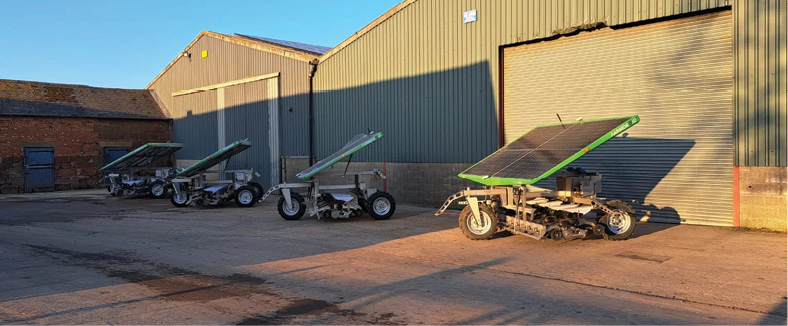
USEFUL VS. SIMPLE
But there is a tension between being useful and being simple, Nalpantidis said.
“There needs to be a sweet spot between advanced capabilities that will make the device, the robot, attractive, and on the other hand, simple enough to make it robust and relatively easily fixable. And this is where companies have positioned themselves differently,” he said.
A second challenge faced by agro-roboticists is designing machines robust enough that they can operate on fields. As difficult as autonomous cars have been to program, highway driving is much easier to work out than driving across a field, according to roboticists.
“Every field is one of a kind,” Nalpantidis said. “A field in Greece looks like nothing that you can find in Denmark…everything is a one-off case, and the same field looks today nothing like it did six months ago when it was summer.”
At Naïo, the research focus is shifting. “Navigation is pretty well mastered,” Roussel said. “We are now working on crop safety.” By that he means the Naïo team is focused on finding ways to make the robot more aware of when a tool is not working well and needs to be adjusted or stopped to make sure crops aren’t damaged.
Further north, in Denmark, a powerhouse of farm robotics in Europe, engineers are busy adapting systems developed for use as indoor industrial robots to outdoor use.
“There is revived interest in porting some of these technologies that have been proven in an industrial setting, taking them from the nice, protected factory halls and moving them…off on a field,” Nalpantidis said.
Despite the technical and marketing challenges, Nalpantidis said he believes farmbots will be deployed everywhere relatively soon, because they have to be.
“When I was a kid at school, I was taught that we were five billion people on this planet, and now we are like eight—30 years later, eight billion,” Nalpantidis said. With more people and less opportunity to use chemicals, robots will be essential to meet the need for more and at the same time be less destructive to the environment. “There is a necessity to have it within 10-15 years,” he said. “I don’t see any other choice than going robotic.”


